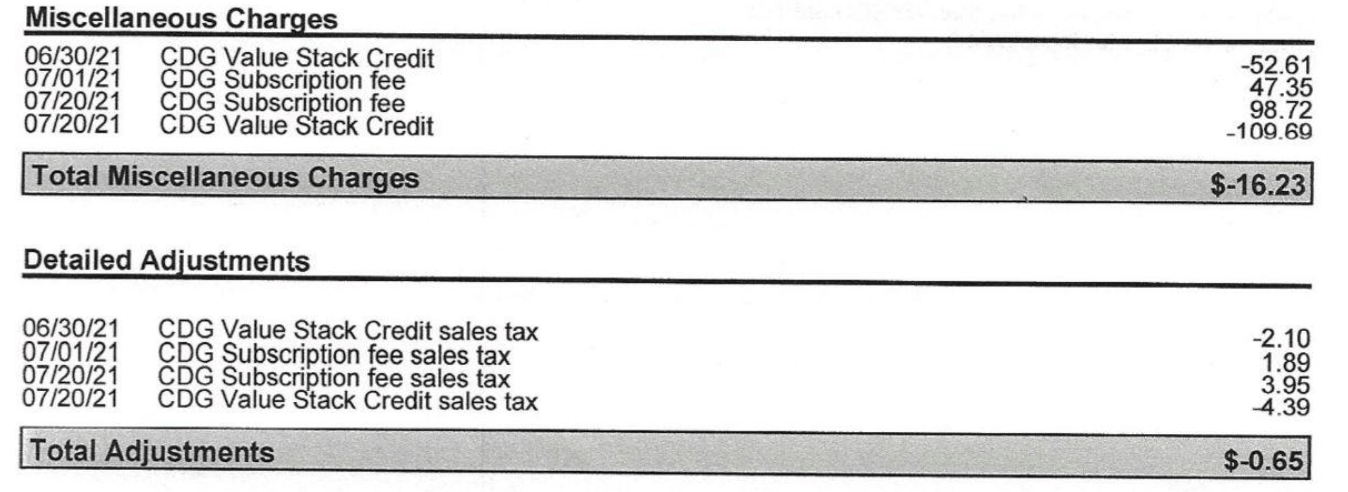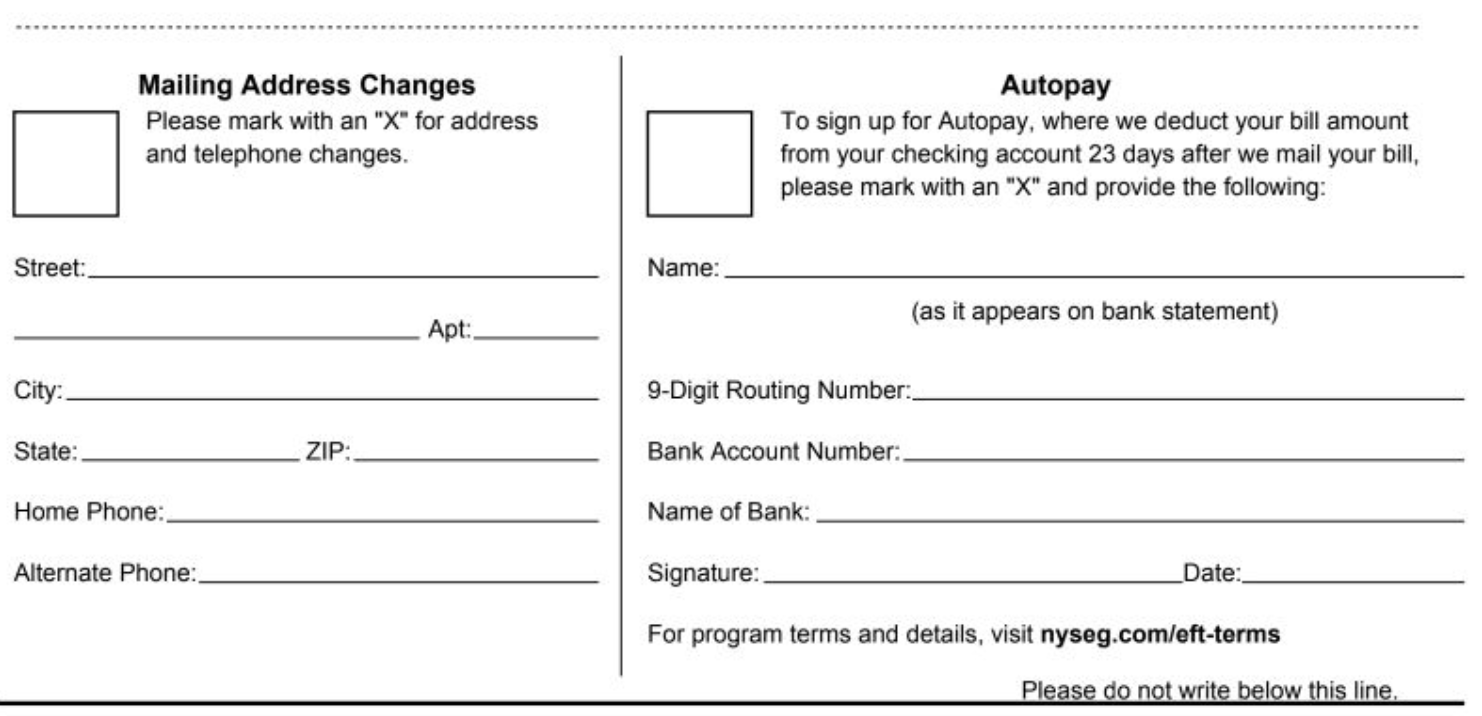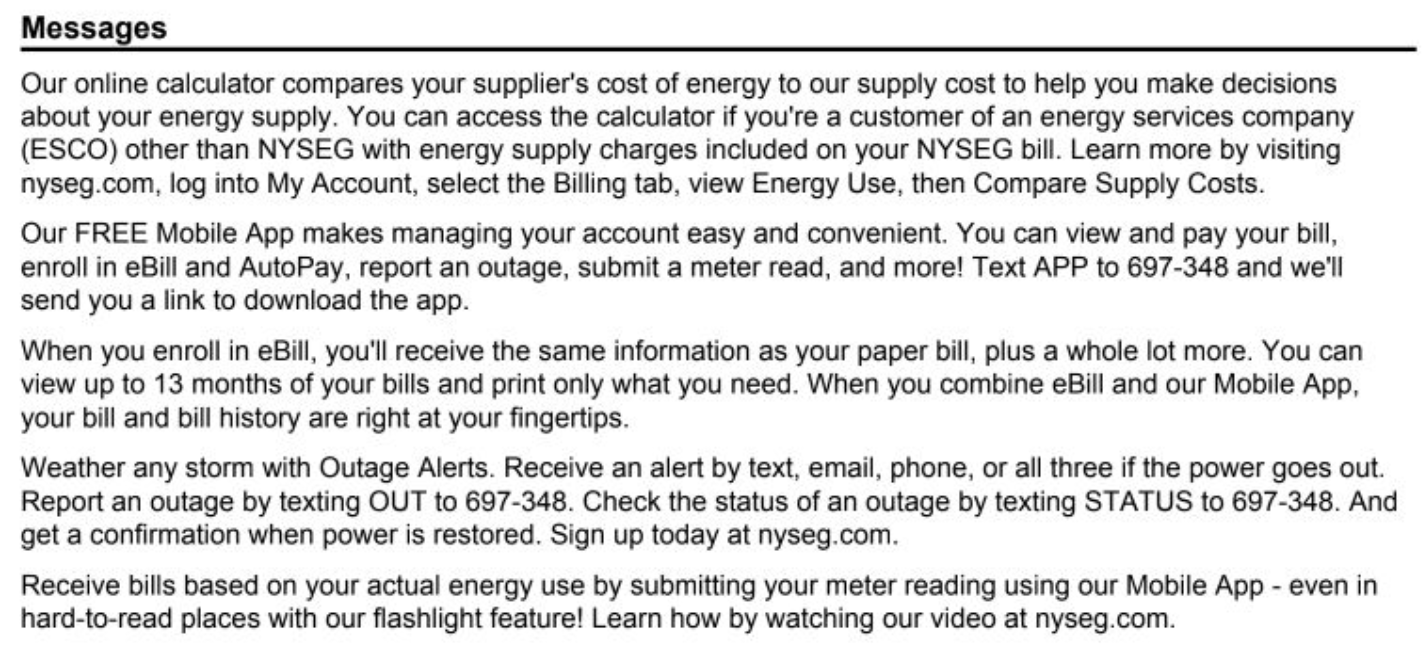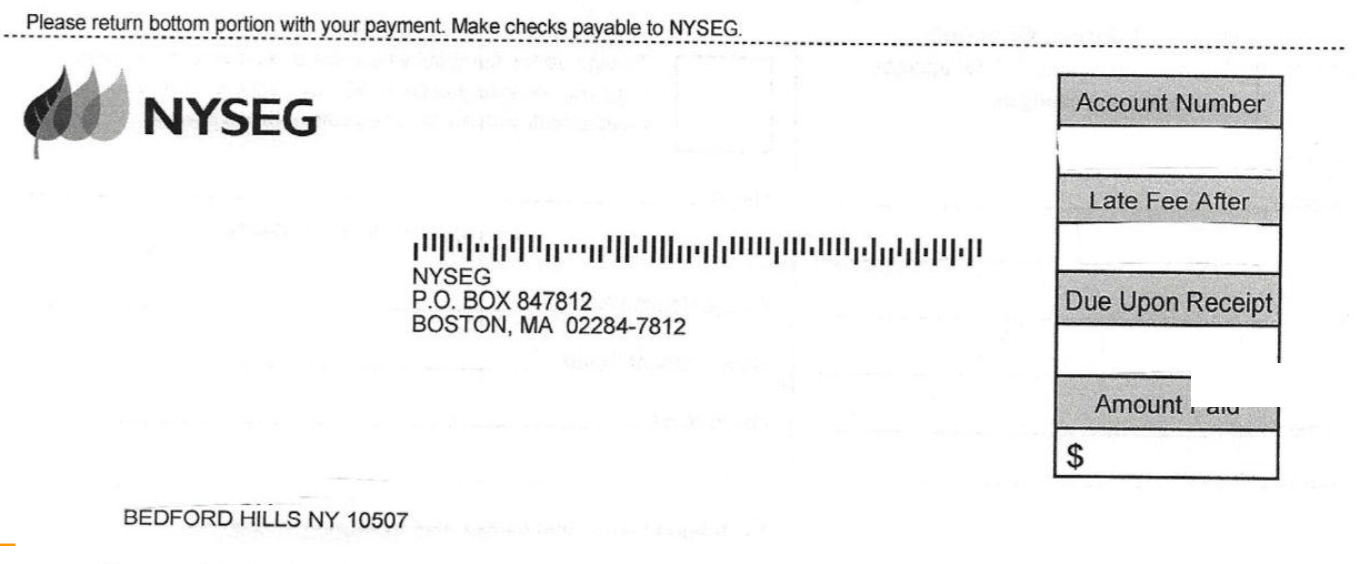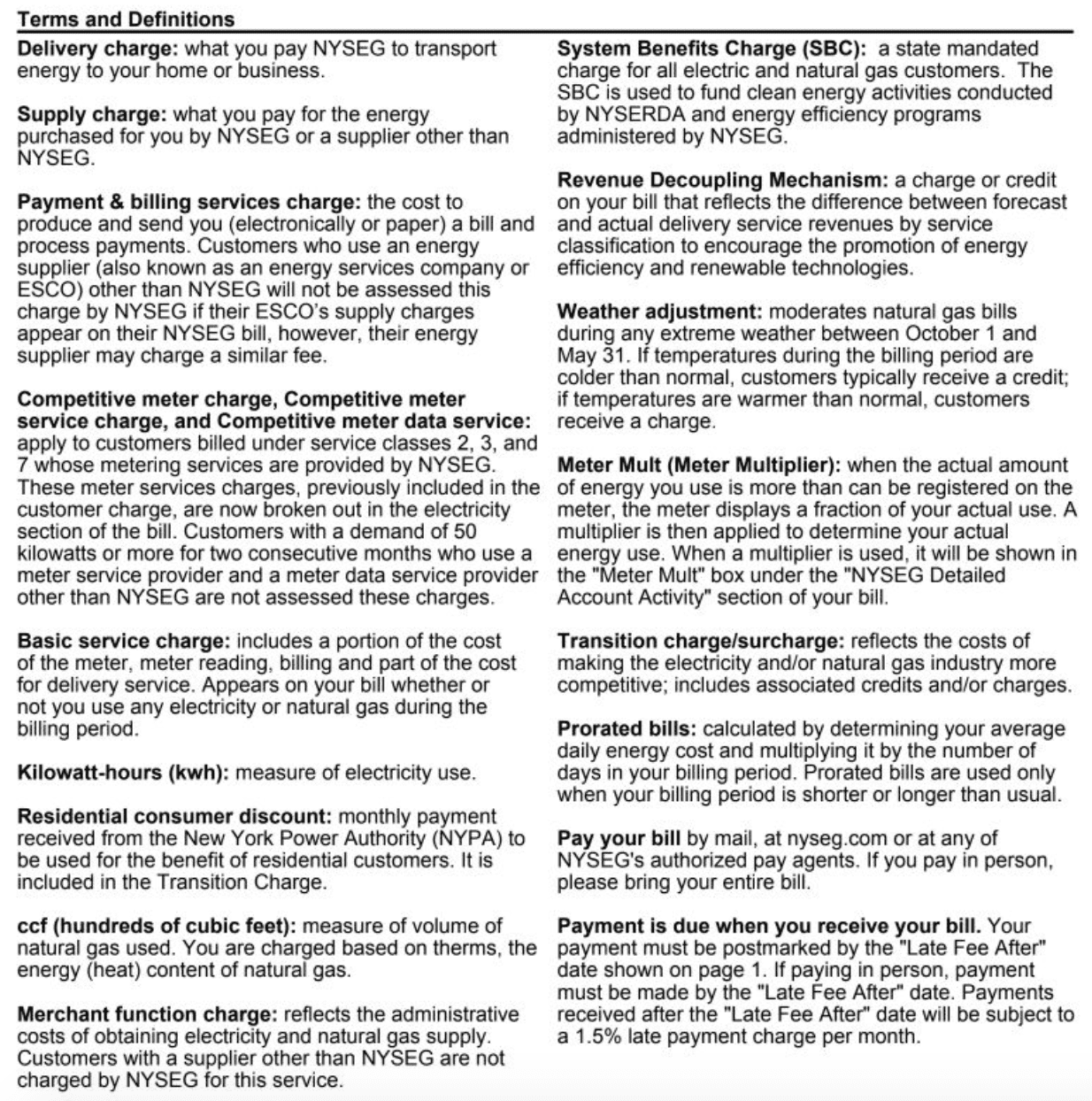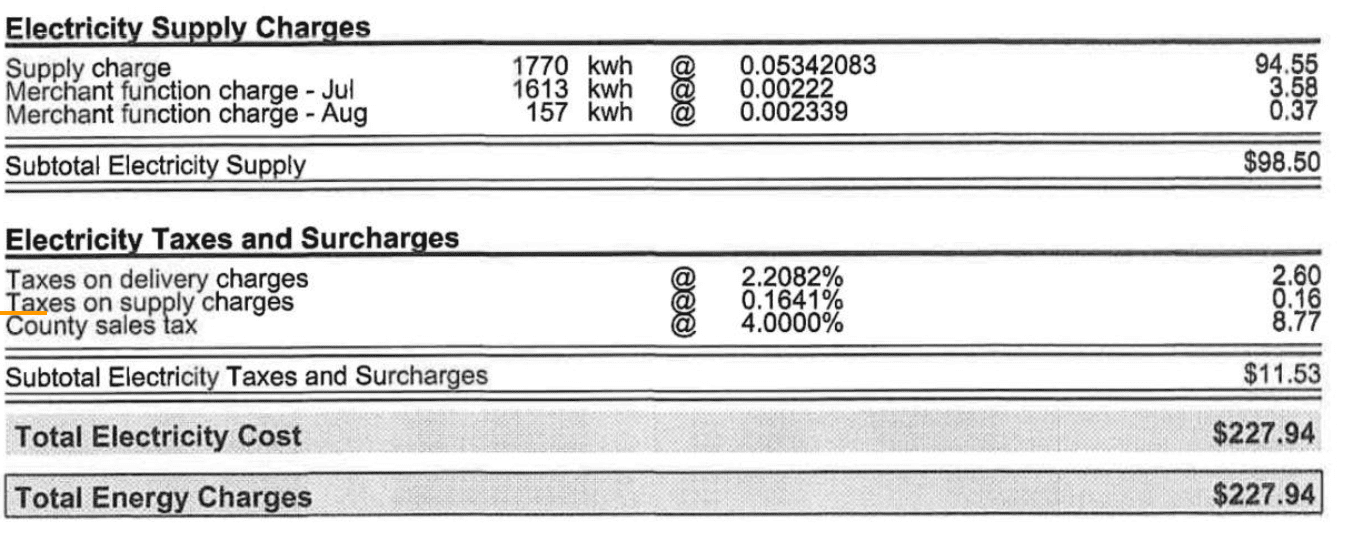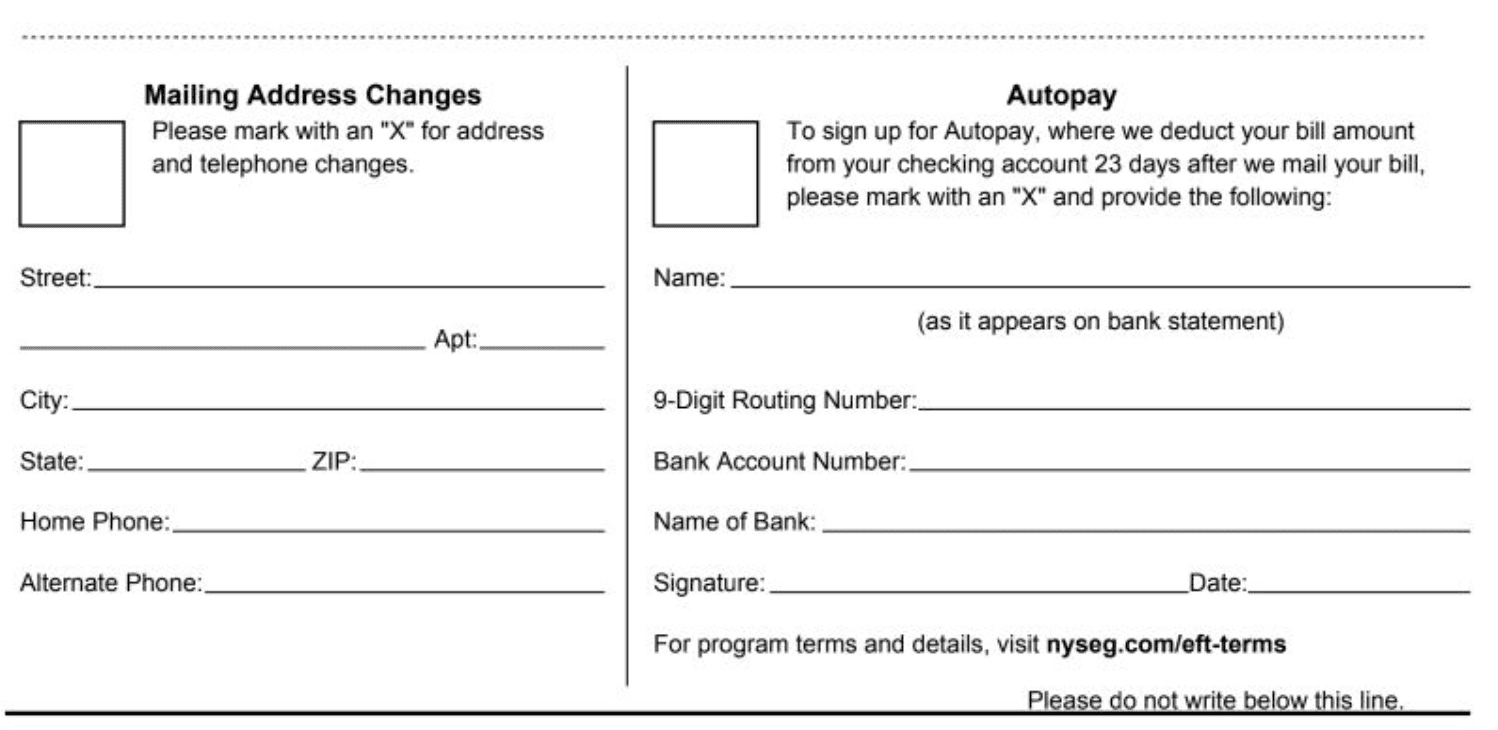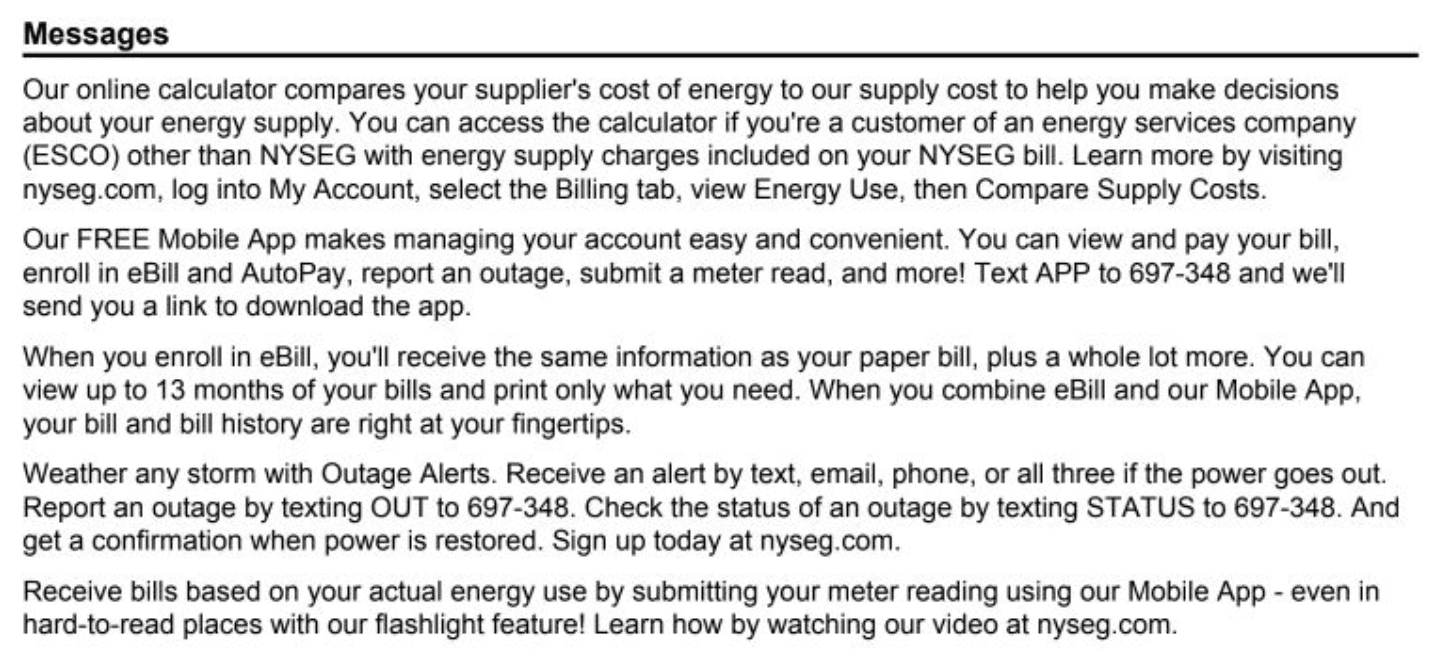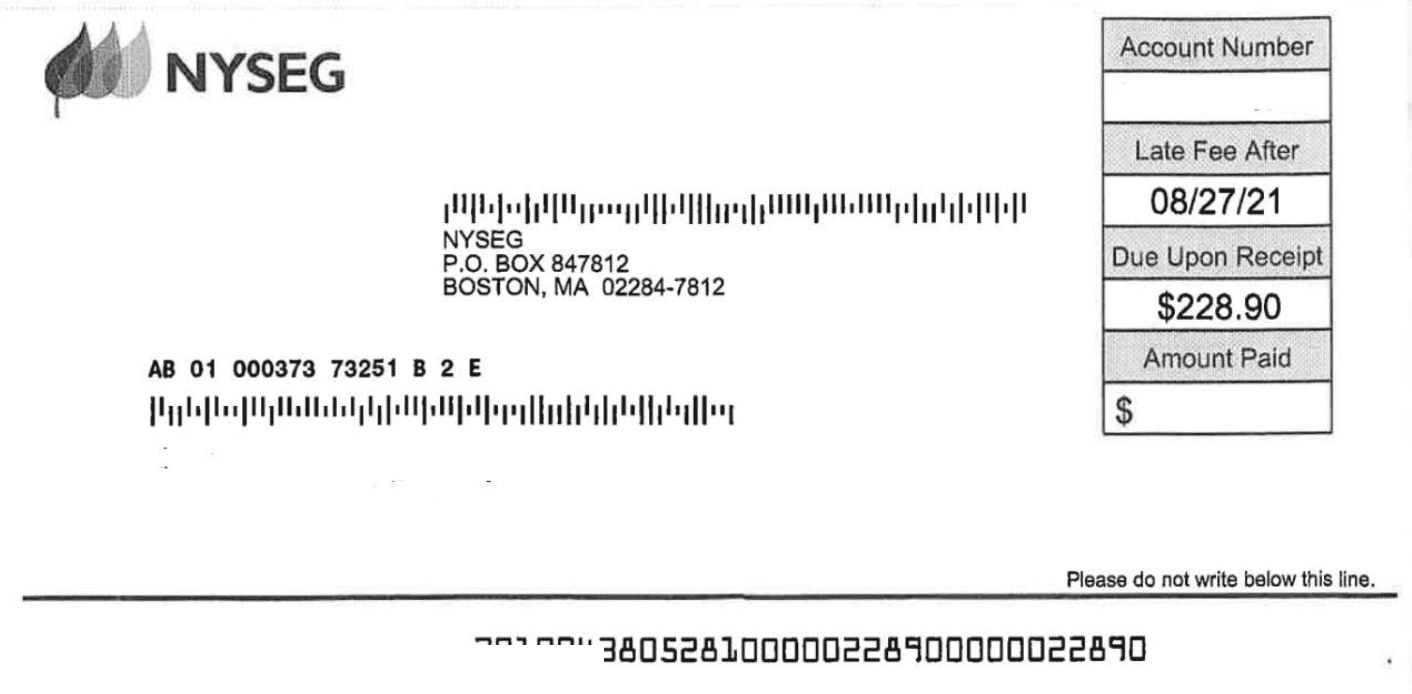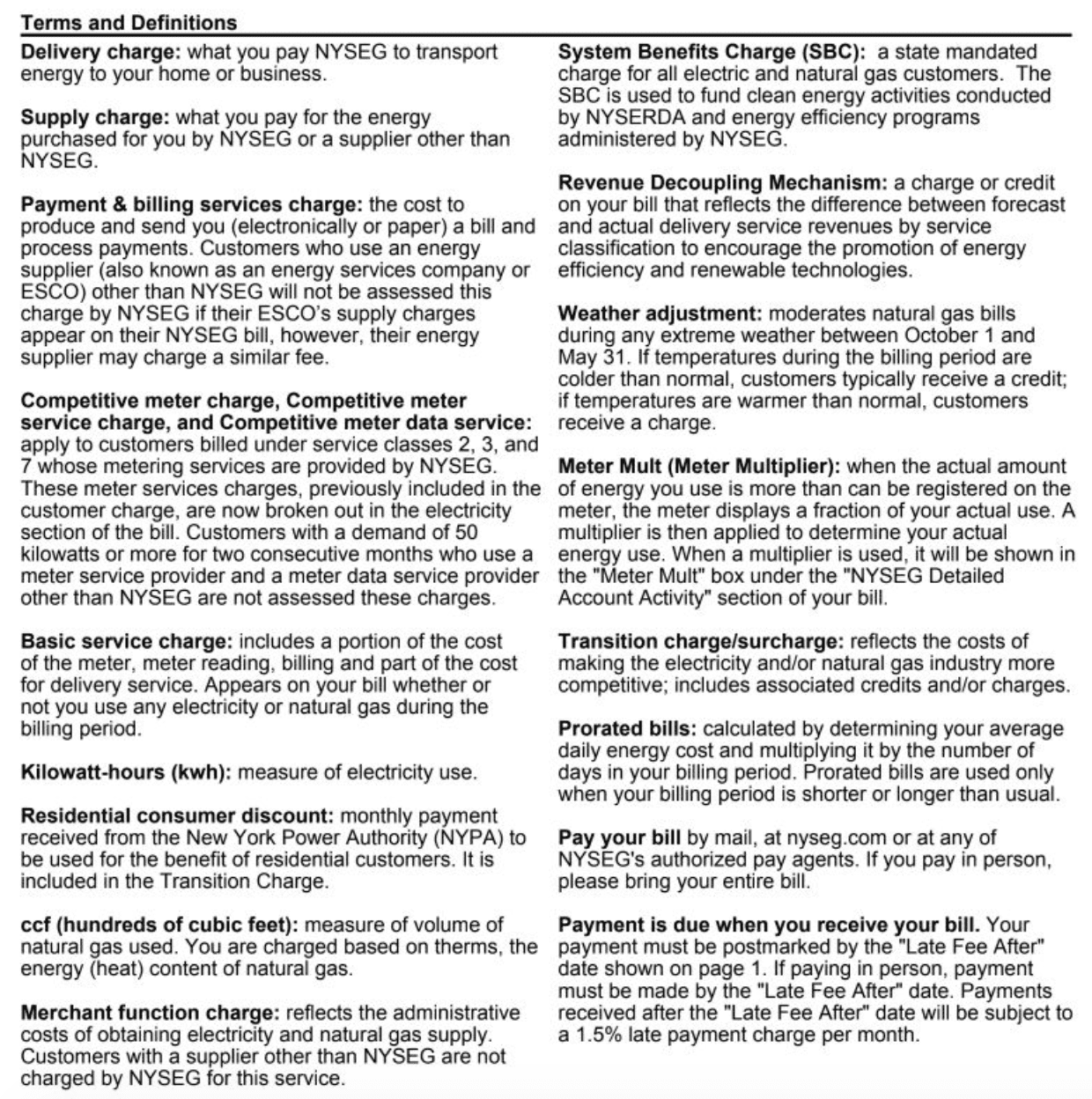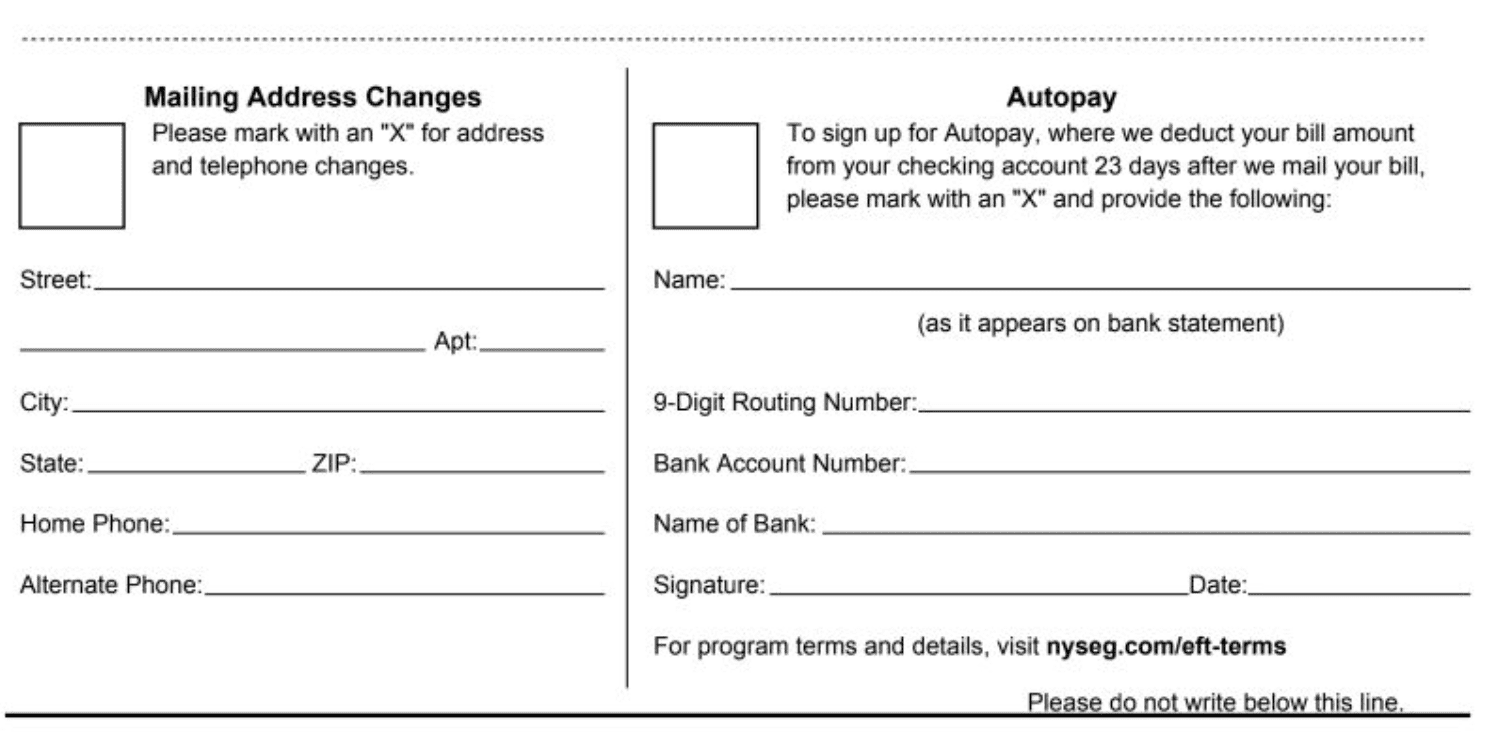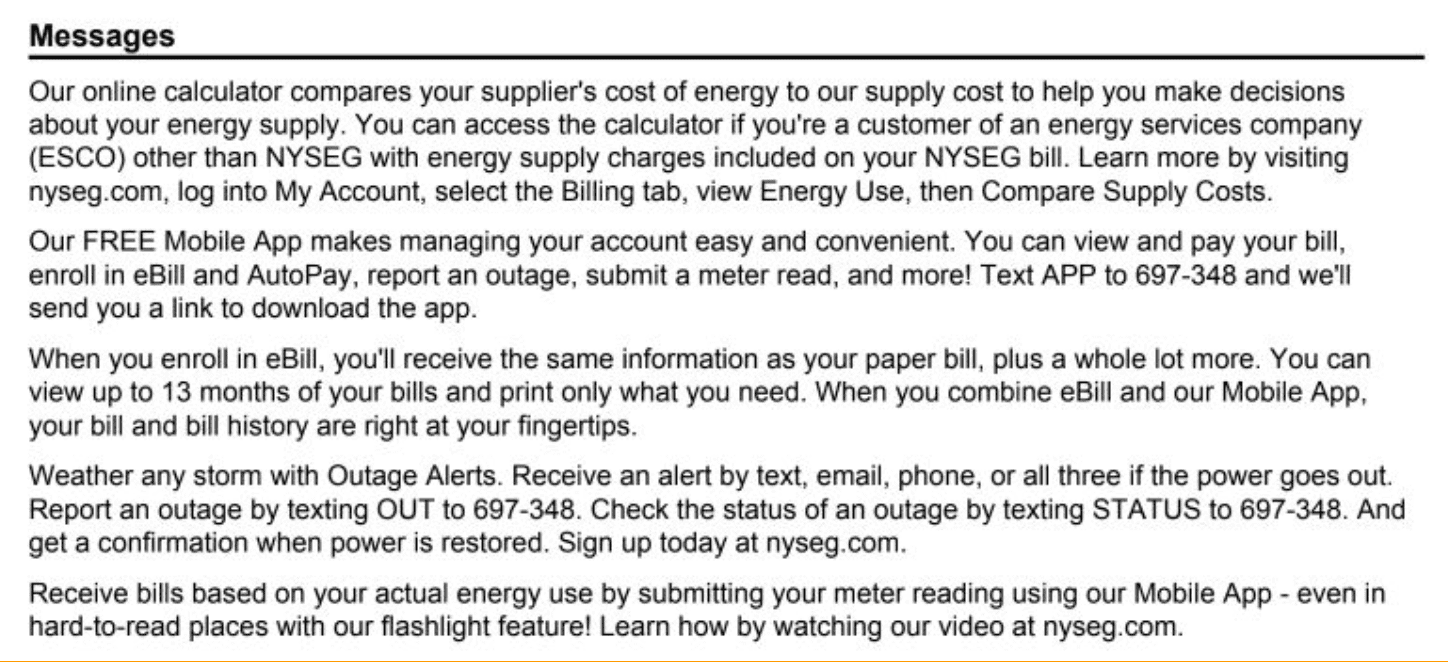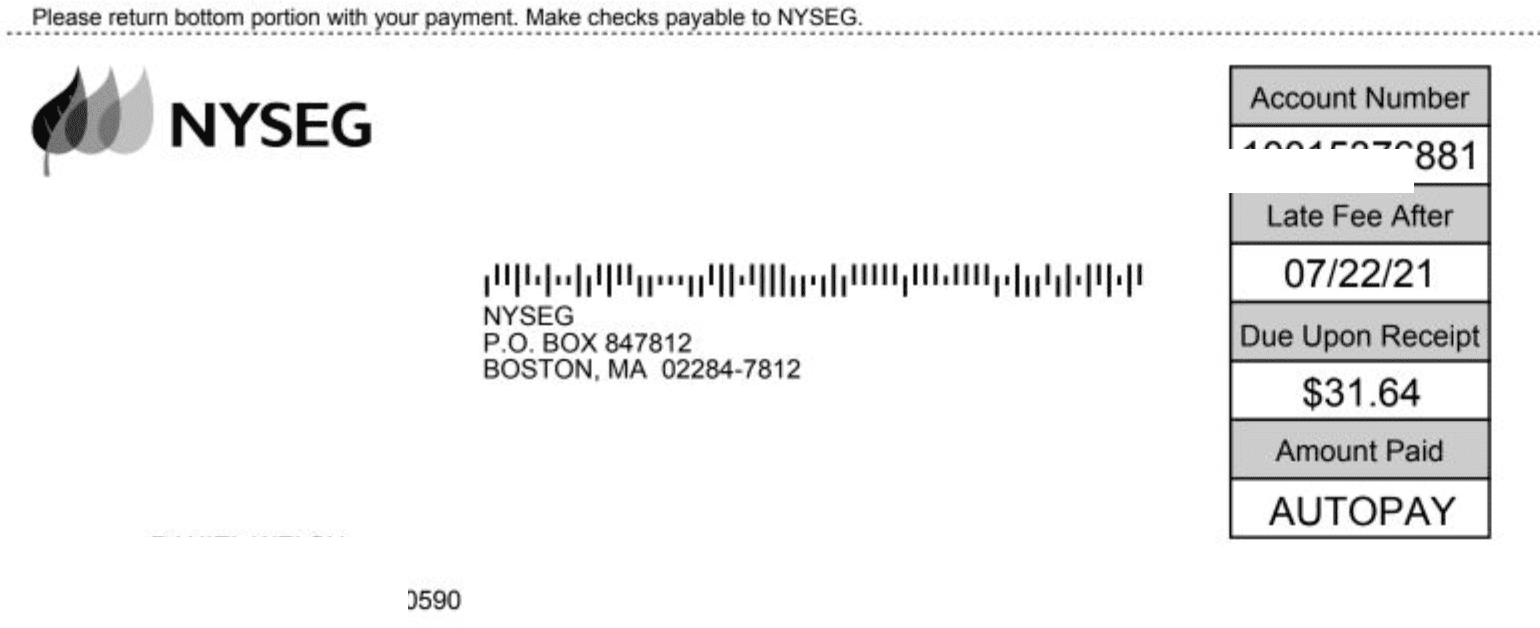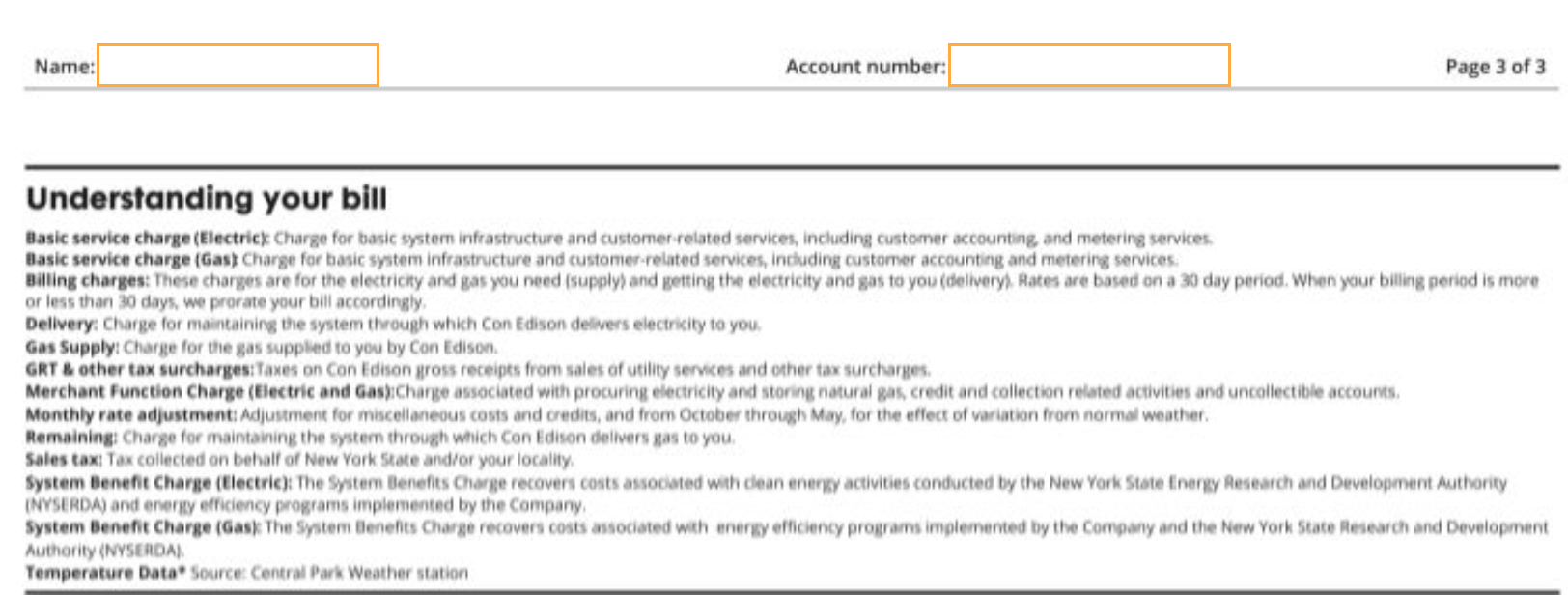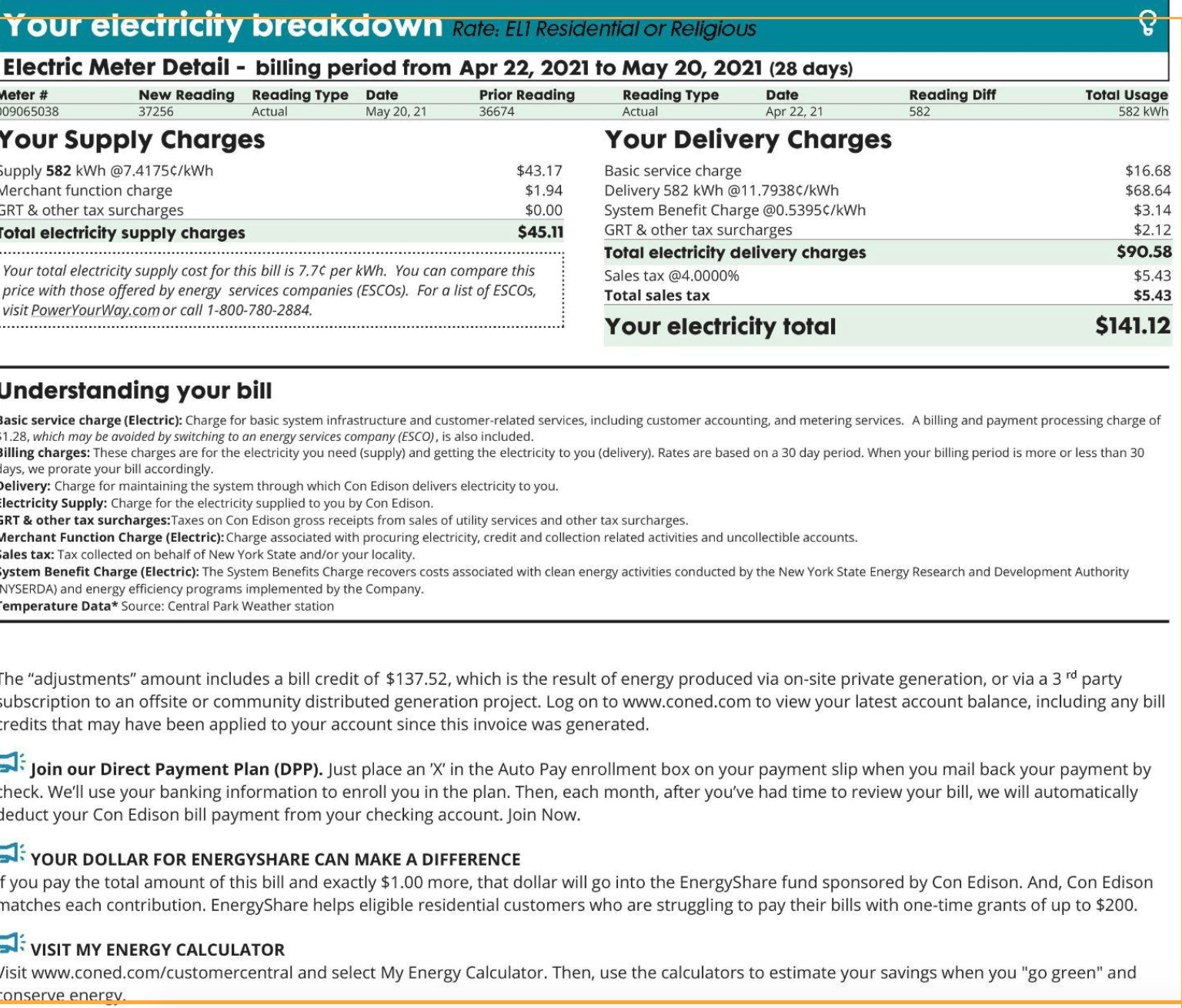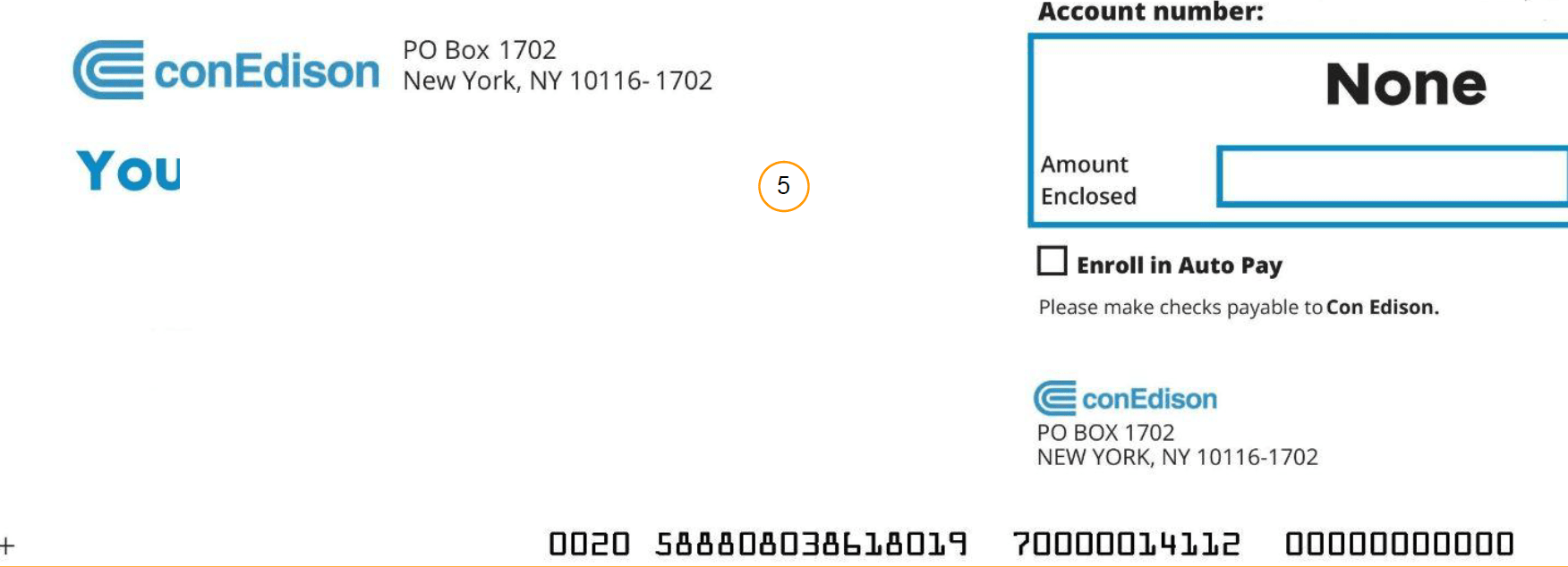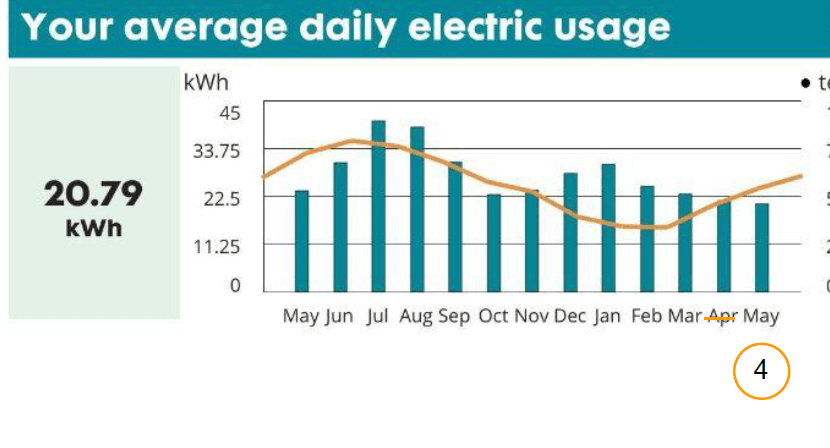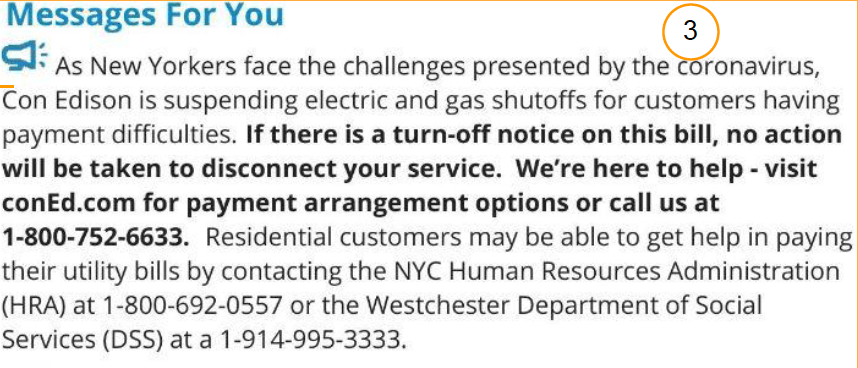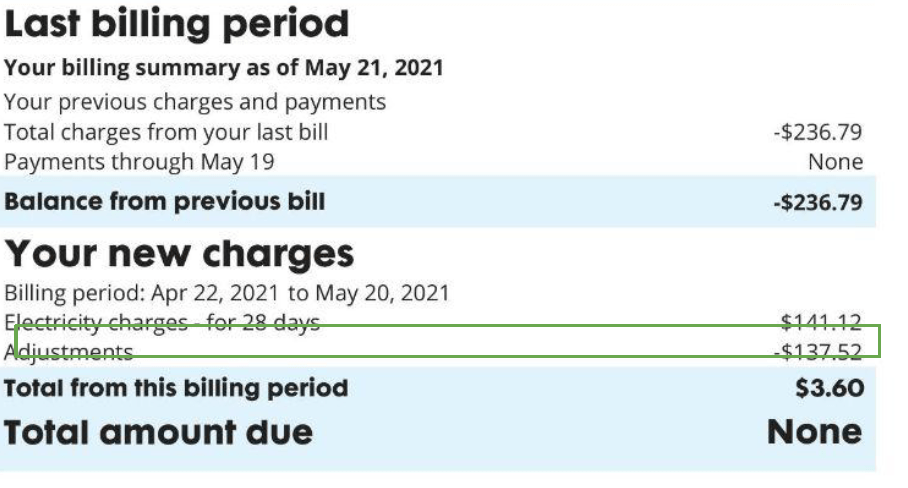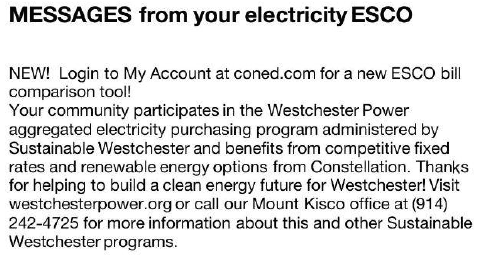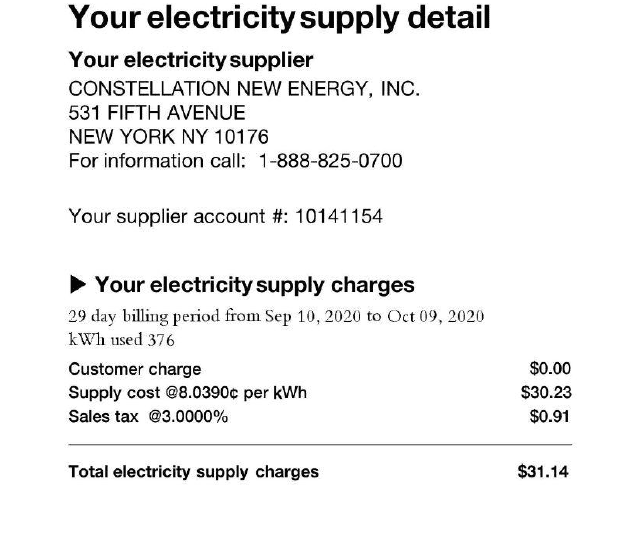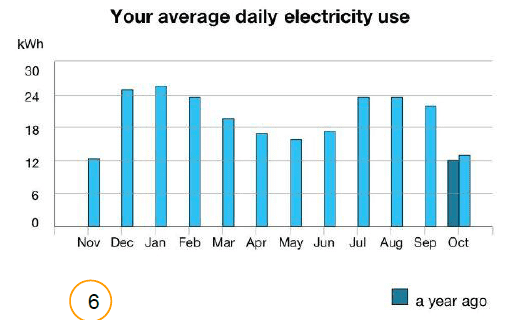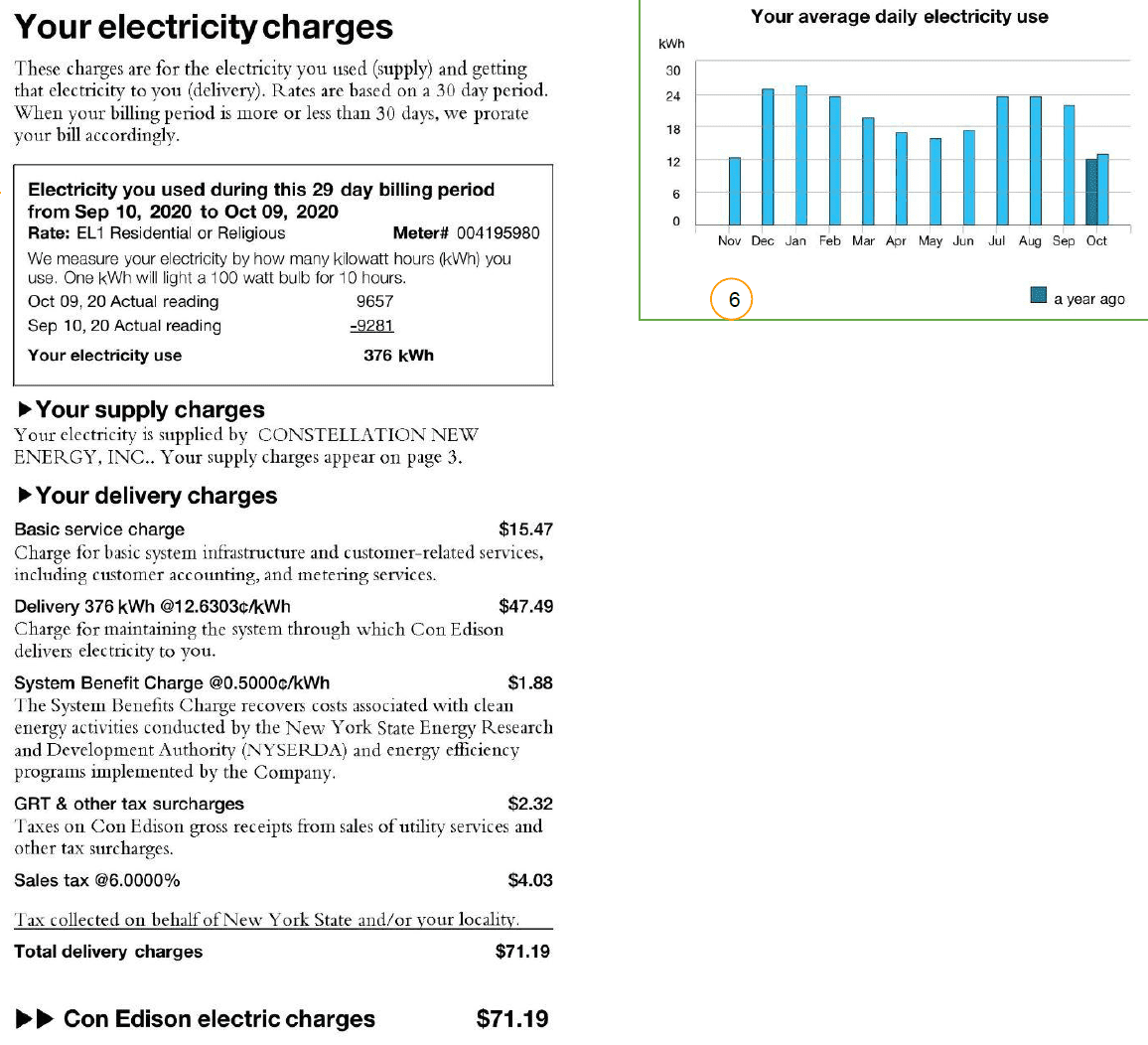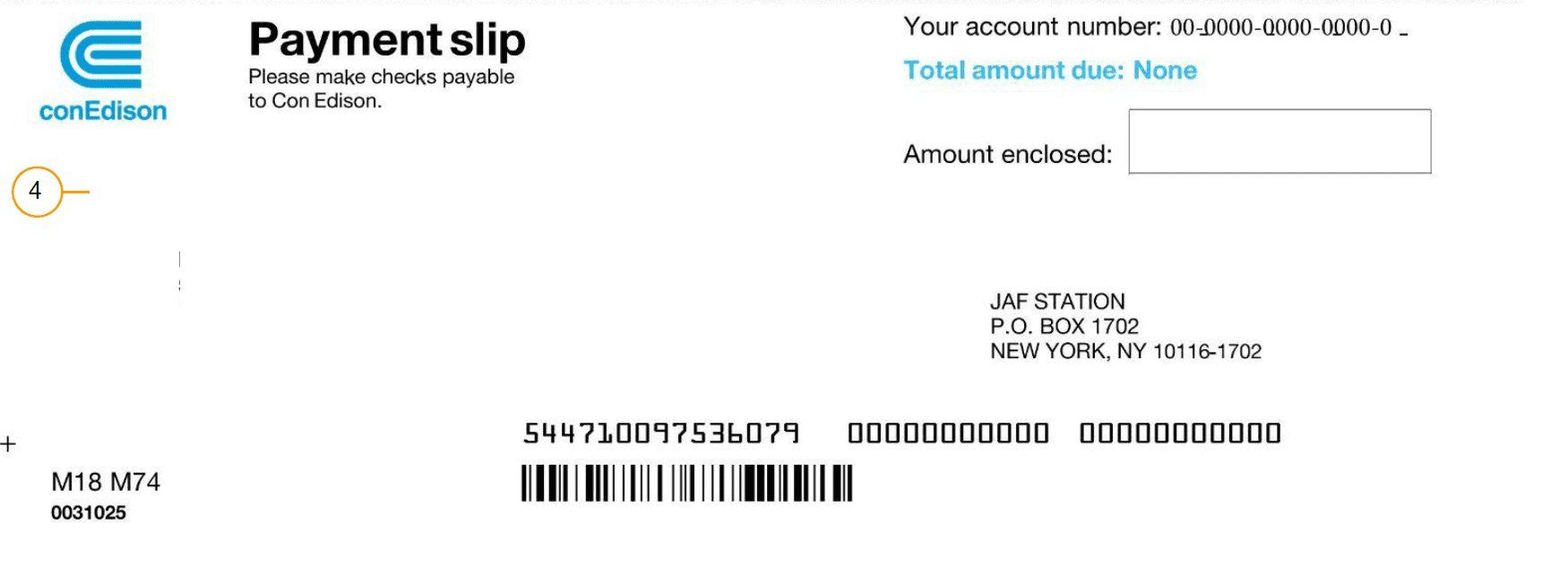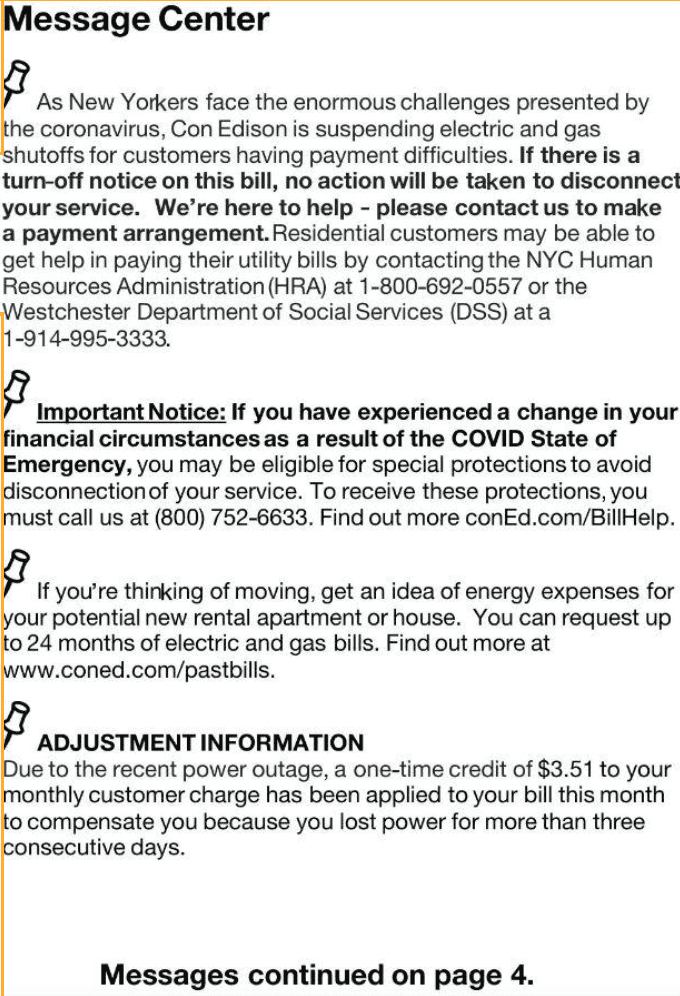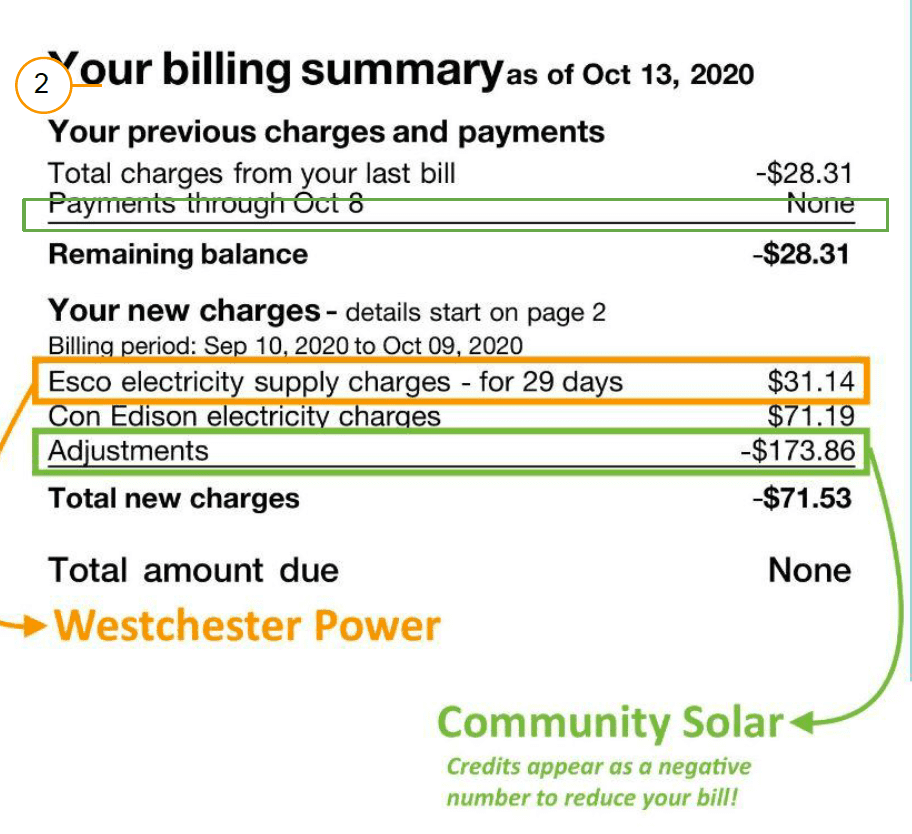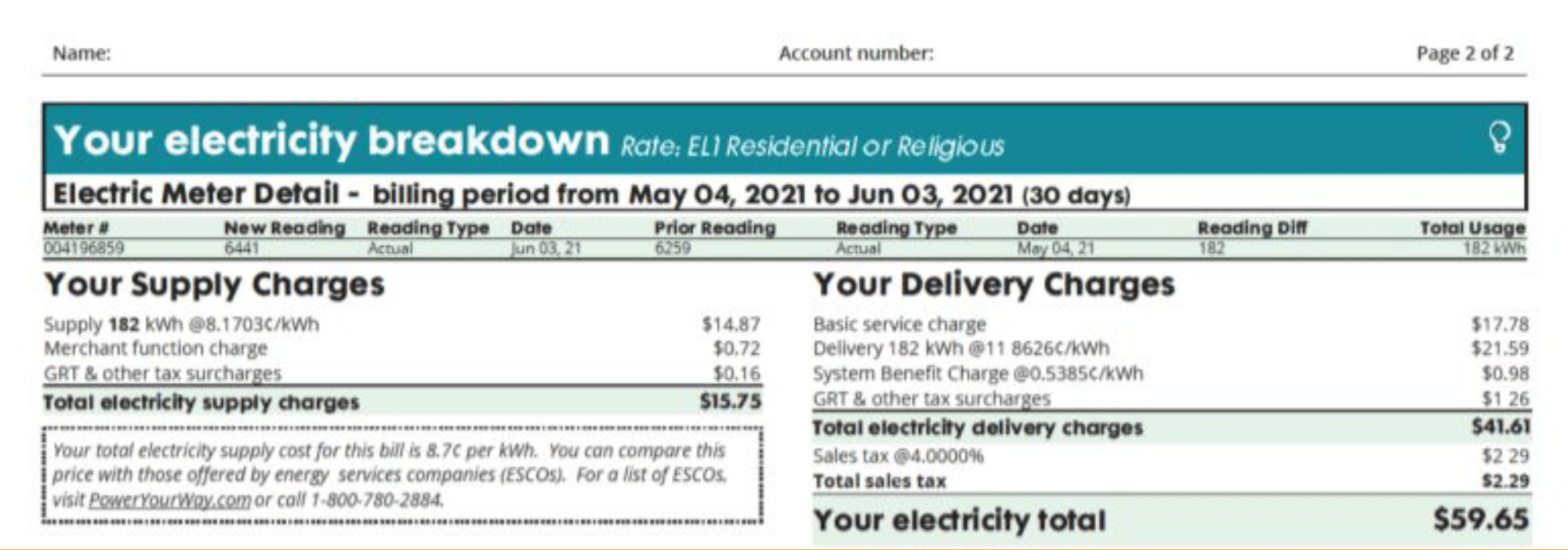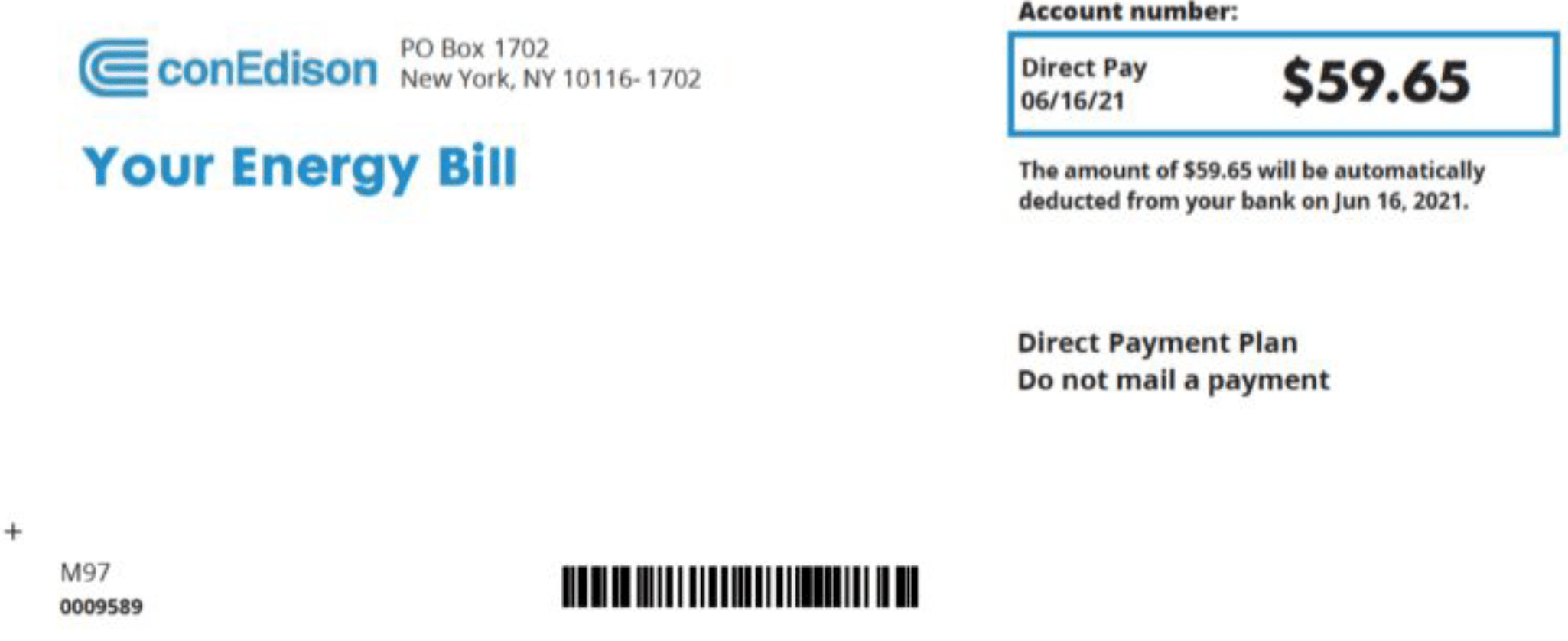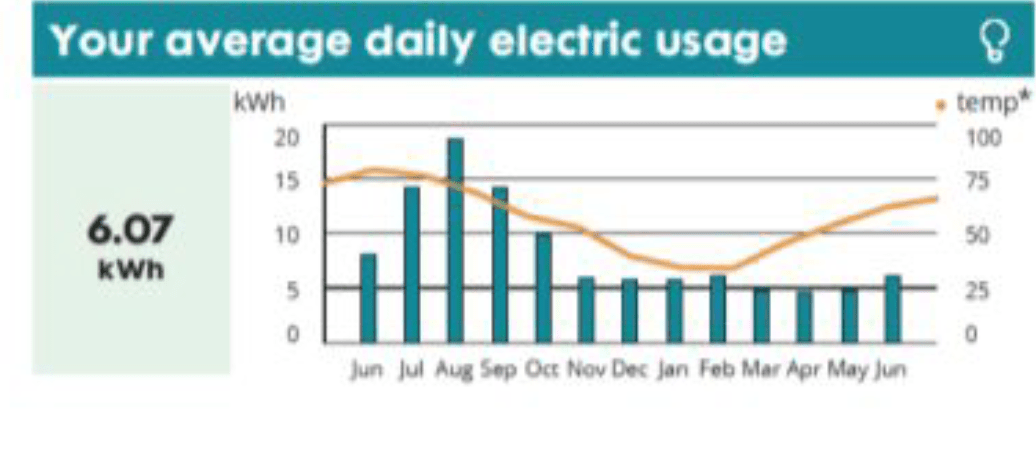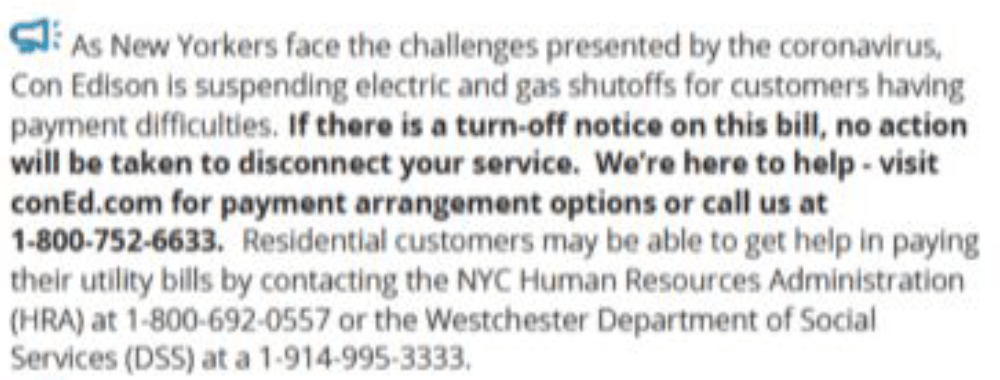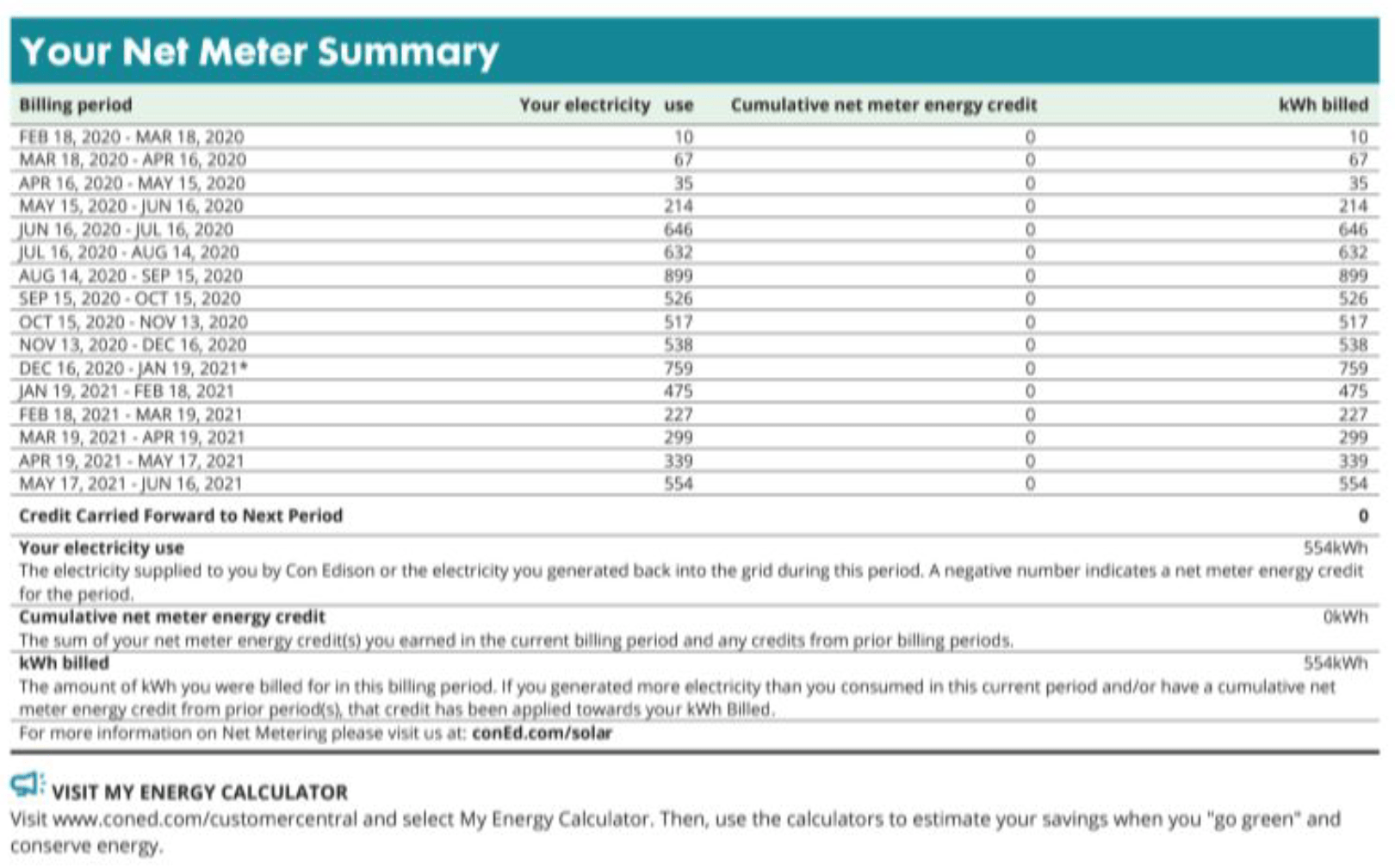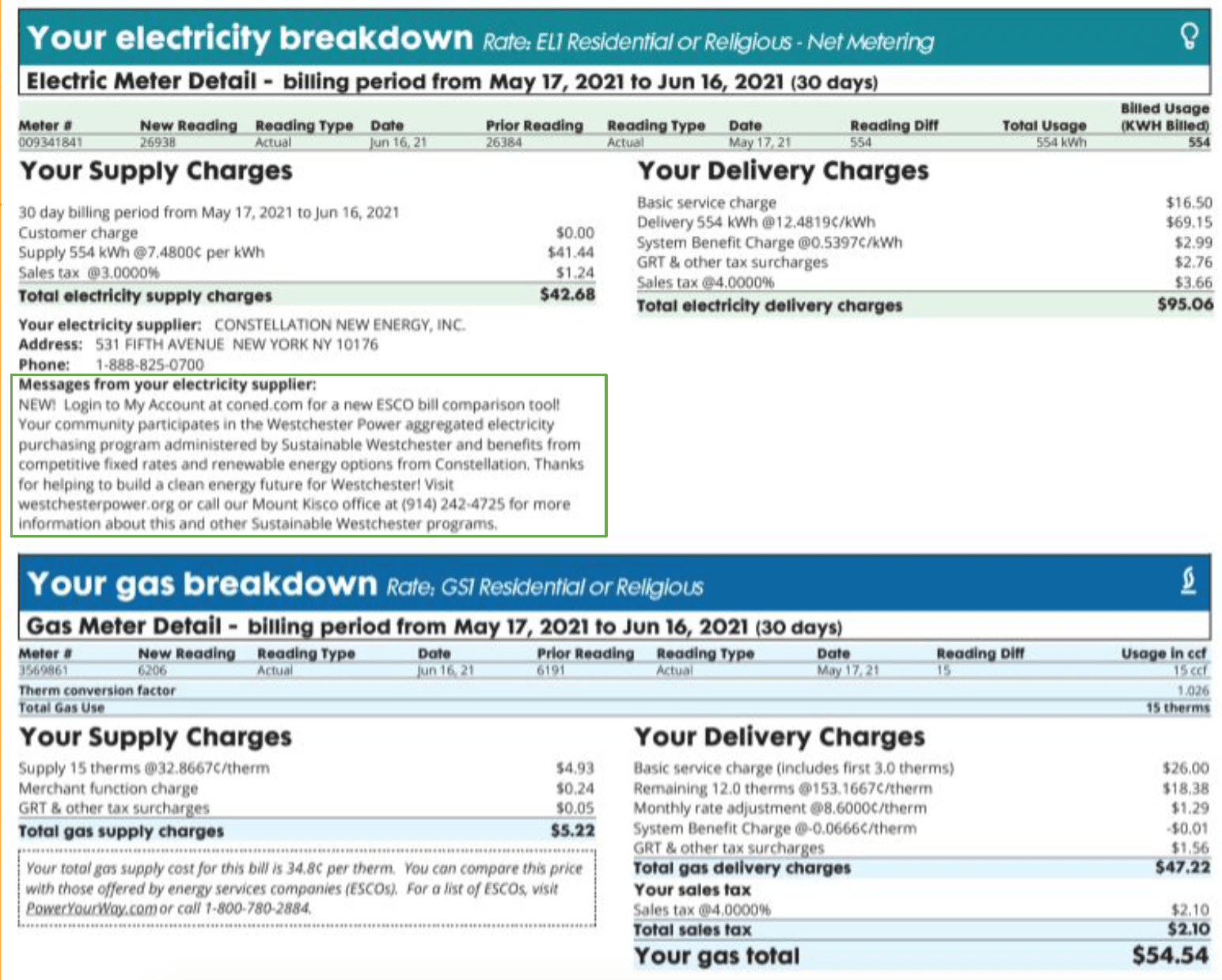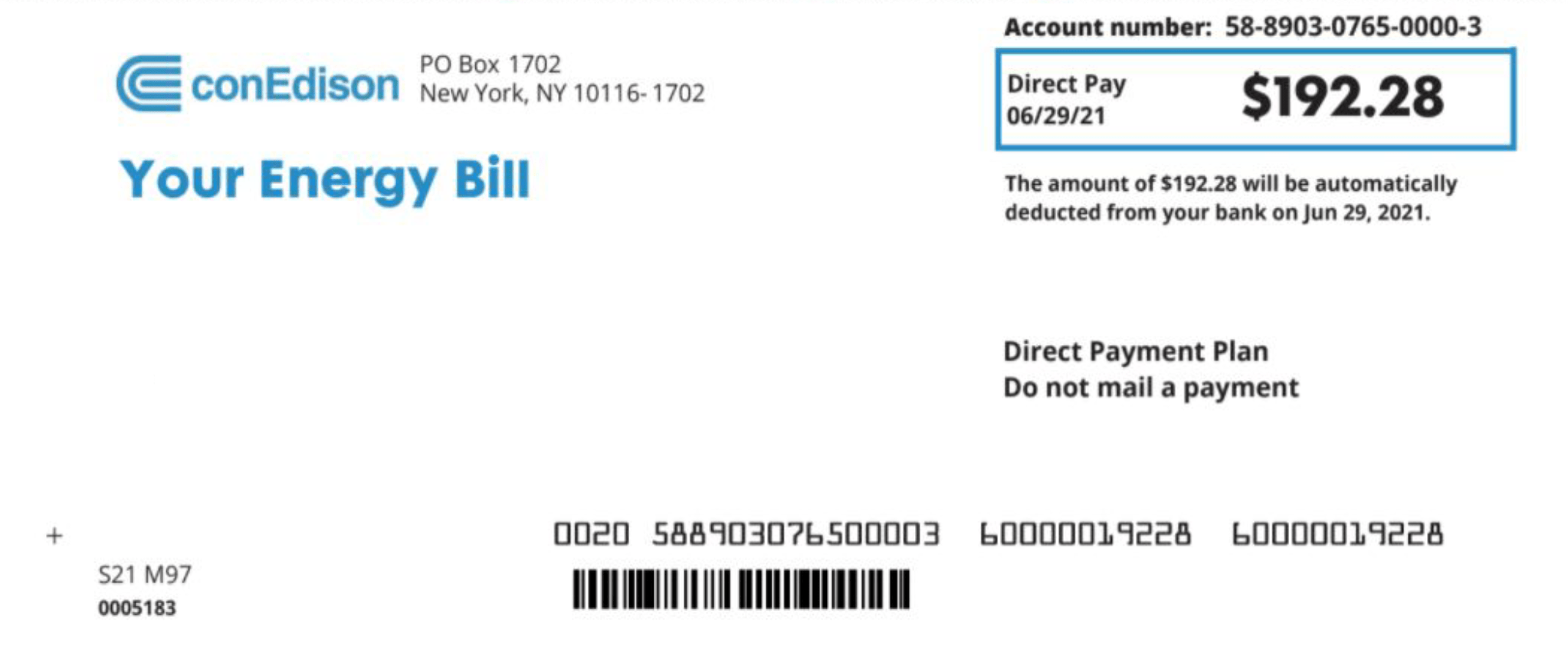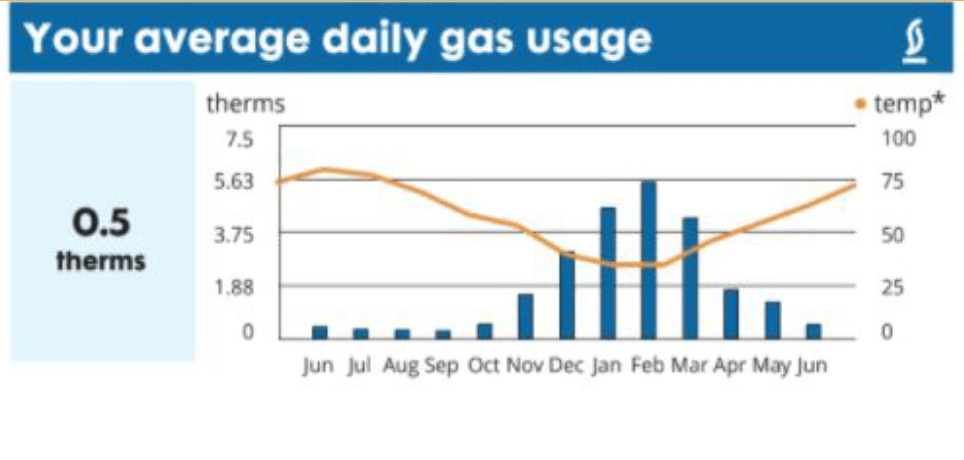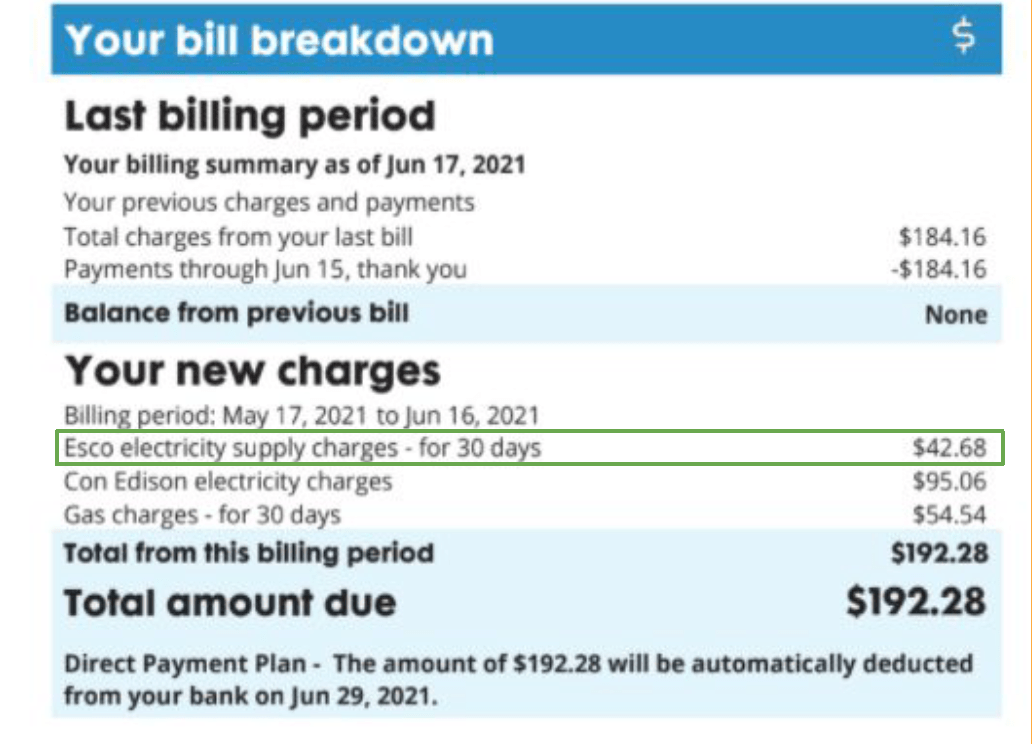How one Westchester municipality is proving that climate action pays off—literally.

On Earth Day—and every day—we’re reminded of the power of collective action to build a cleaner, healthier future. This month, Sustainable Westchester is spotlighting one of our most impactful programs: GridRewards. Designed to help residents, businesses, and municipal buildings lower their energy usage during the summer’s peak demand periods, GridRewards pays participants for their energy-smart behavior. The result? Cleaner air, a more resilient electric grid, and real dollars in the pockets of participants across Westchester.
Where Does the Money Come From?
The answer is pretty simple: The utility would much rather pay you as an energy user to reduce demand over the summer instead of turning on their peaker power plants which are energy intensive and emit noxious chemicals. Instead of paying to turn on peaker power plants, energy users can lower their consumption, effectively creating a virtual power plant, and getting paid to do so.
Sounds too good to be true? Just ask the Village/Town of Mount Kisco, which has quickly emerged as a regional leader in the program. By enrolling several of their municipal buildings in GridRewards, Mount Kisco earned over $8,000 by reducing electricity usage during peak hours last summer—making them the highest-earning municipality in the program this year. This is their second year participating, and the growth is notable: their first-year payout was just over $3,000.
How Did They Do It?
According to Village Manager Ed Brancati, the secret to success was simple: plan ahead, set achievable reduction goals, and engage staff. When a GridRewards event is forecasted—typically with a 24-hour notice—Mt. Kisco takes a few key steps:
- Pre-cooling buildings like Village Hall and the public library so AC can be turned down or off during peak hours.
- Reducing lighting and equipment use in common areas and municipal facilities.
- Adjusting operations at the water filtration plant, one of the village’s largest energy users, by producing water earlier in the day and pausing pump operations during the event.
- Using backup generators to ease demand on the grid.
These small but strategic changes had a big impact—and they helped Mt. Kisco protect vulnerable communities. By cutting demand during peak periods, the town avoided contributing to the need for peaker power plants, which emit harmful pollutants, contribute to health issues like asthma, and are often located in environmental justice communities. It’s not just smart economics—it’s climate justice in action.
No Excuses: It’s the Easiest Climate Action You Can Take
As Noam Bramson, Chief Strategy Officer at Sustainable Westchester, said at a recent community gathering, “This is the lowest of low-hanging fruit. Zero barriers to entry. No risk. Only earning potential. And you’re making our region healthier and more sustainable.”
Sign up by April 30th at sustainablewestchester.org to maximize your rewards for the coming summer season. Whether you’re a local government, a school district, or a single apartment dweller—you can make a difference, and get rewarded for it.
It’s Not Just for Municipalities
The GridRewards program is available to most Con Edison customers, from apartment-dwellers to school districts and houses of worship. Last year, Westchester residents earned over $200,000 in total payouts through GridRewards. One residential user earned over $600, and major institutions like the City of New Rochelle received more than $70,000 by cutting back usage just a few times over the summer.
Communities have gotten creative too: local Girl Scout troops have shared GridRewards sign-up info while handing out cookies—and earned energy badges in the process. Temples, churches, and other community groups are enrolling both their buildings and congregations to amplify their impact and even use the program as a fundraiser.




